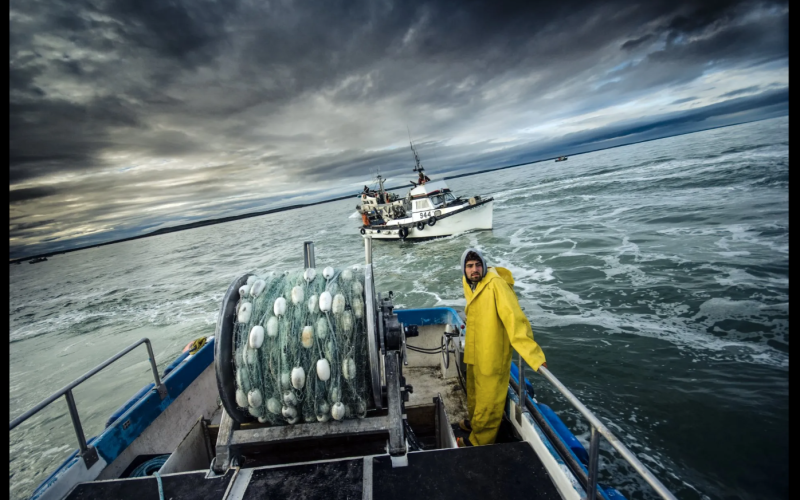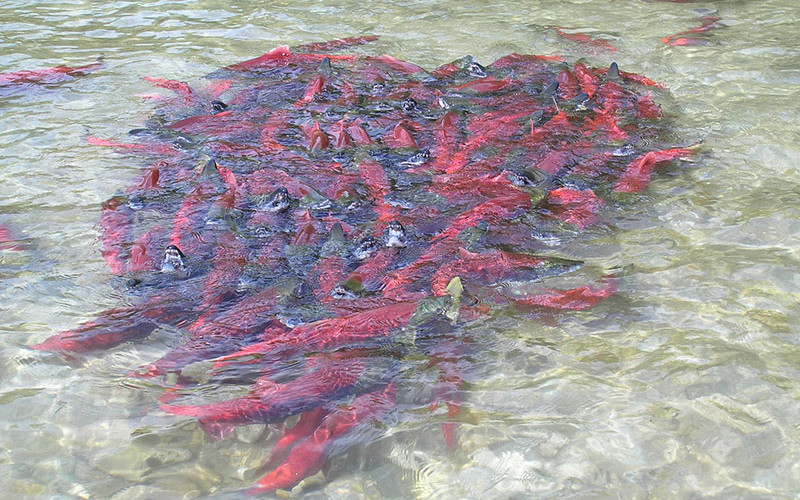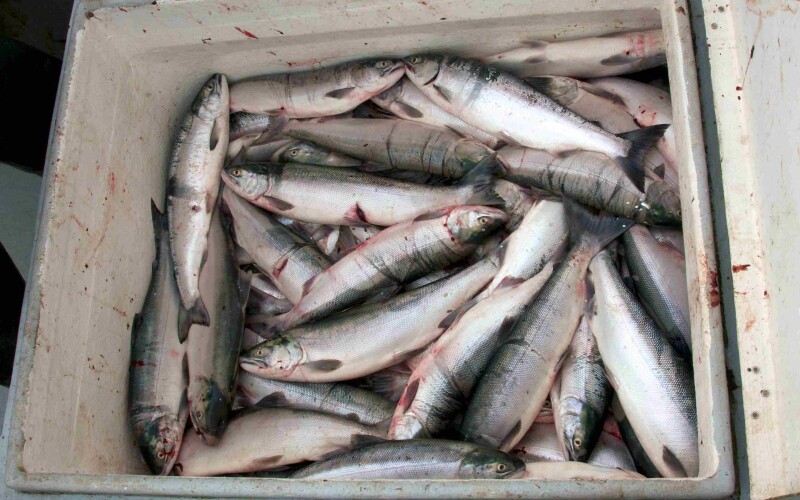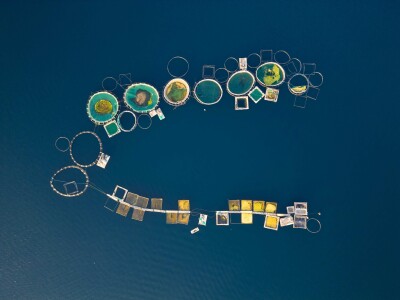Even though the forecast for this year's salmon production in Alaska is down from last year the harvest, especially sockeye coming out of Bristol Bay, will be headed for markets still flooded with last year's product.
Overall, values for all species of Alaska salmon are down. The 2023 statewide commercial harvest tallied up to 230.2 million fish, for a 43 percent increase in production over the 167 million fish of 2022. But revenues for 2023 ($398.6 million) came in at roughly half of the $720 million that was generated in 2022.
That inversion of volume over value promises to perplex the industry going into this year’s season.
“I’m hearing that these are some of the worst market conditions in 20 years, 30 years, or even more,” says Greg Smith, communications director with the Alaska Seafood Marketing Institute, in Juneau. “It’s not just one species; it’s many species, and it’s not just Alaska seafood. It’s domestic seafood, and seafood globally.”
The Alaska Department of Fish and Game prediction for Bristol Bay’s 2024 total sockeye run has been set at 39 million. Given the confidence levels in the modeling, the industry can expect a range of 24 million on the low side of the prediction – and more than 53 million fish in the most optimistic scenario.
Historical records since 2001 show that on the average the department has underestimated runs by 15 percent. Subtract the escapement to the bay’s nine major river systems, and fishermen can expect to harvest in the neighborhood of 25 million sockeyes.
Among the major production districts, run projections for the Naknek-Kvichak have been pegged at 15 million, with the fabled Nushagak set at around 12 million sockeyes and potential harvests at Egegik and Ugashik districts estimated at around 5 million each.
That’s a lot of fish, and though the onslaught of the run lies months away, questions loom of whether there will be a fleet to catch them and enough processing capacity to put them up.
The industry continues reeling from last year’s 2023 harvest of 39.7 million sockeyes and ex-vessel prices of 50 cents per pound. Data from ADF&G put last year’s fleet revenues for sockeyes in Bristol Bay at $117.4 million.
Indeed, the pendulum has swung away from market dynamics that produced high volumes at high ex-vessel prices. In 2022, the fleet harvested a record 60.1 million sockeyes, at dockside prices upwards of $1.15 per pound, or more depending on some processor incentives. That tallied up to $351,052,195, more than double of the 2023 revenues.

Indeed, the pendulum has swung away from market dynamics that produced high volumes at high ex-vessel prices. In 2022, the fleet harvested a record 60.1 million sockeyes, at dockside prices upwards of $1.15 per pound, or more depending on some processor incentives.
Though it remains impossible to pinpoint just how much frozen sockeye product remains in cold storage holdings going into this year’s season, Sam Friedman, a consultant at McKinley Research Group in Anchorage, ran the numbers on canned sockeyes sold so far in 2023.
“We don’t have a reliable way to estimate frozen salmon inventory,” says Friedman. “We know from the Department of Revenue’s Alaska Salmon price report that the equivalent of 7.7 million tall cans of sockeye salmon were sold in the first two thirds of 2023. We’re still waiting on data for August through December 2023.”
Meanwhile, data from the State of Alaska’s Commercial Operators’ Annual Reports shows that statewide production of processed sockeye jumped from 195,198,861 pounds in 2021 to 261,696,204 pounds in 2022. As for the trends in product forms, frozen product accounted for 118,024,839 pounds and a value of $480,468,209 in 2020, then climbed to 157,071,340 pounds for a value of $748,243,470 in 2021. In the record harvest year of 2022, frozen product hit 21,2761,858 pounds valued at $927,614,961.
The statewide production of canned sockeyes, meanwhile, fluctuated from 21,016,570 pounds in 2020, dropped to 15,701,449 pounds in 2021, and rebounded to 21,761,442 pounds in 2022. Revenues during the respective years came in at $122,474,556, dipped to $92,033,630 then rose to $112,123,178.

“The U.S. exported 720,590 pounds of canned sockeye salmon to European markets in 2023 (through November),” says Friedman. “That total includes the U.K., which is the largest European market for canned sockeye salmon from Alaska.”
The statewide production of fresh sockeyes accounted for 19,379,717 pounds for a value of $66,921,335 in 2020. The volume declined in 2021 at 19,379,717 pounds, but the value increased to $80,439,057. The statewide sockeye production in 2022 climbed to 26,135,256 pounds that fetched $97,547,661.
Much of the decline in Alaska’s wild salmon prices rides on surplus volumes in global markets, where it competes with farmed Atlantic salmon and salmon produced in Europe and Russia. Sockeye salmon accounted for about 45 percent of Alaska’s salmon value ($181 million) last year, and pinks brought in $113.7 million for 29 percent of the harvest value.
Using the same 80 percent confidence modeling as it used for sockeye predictions, ADF&G has called for a harvest of 19.2 million pink salmon in Southeast Alaska this year. That’s down slightly from the 10-year average of 21 million pinks. Predictions for pinks returning in even-numbered years tends to be more accurate than predictions for odd-year returns of pinks. Last year’s 2023 run and harvest forecast also called for 19 million fish, but the actual harvest came in at 48 million.
Exceptionally favorable ocean conditions may have contributed to the surprise return, but small changes in the timing of the trawl surveys to measure the abundance of juveniles in 2022 may have also been a contributing factor. An unpleasant surprise for the 2023 pink salmon fisheries, according to preliminary harvest data from ADF&G, was that ex-vessel prices tumbled from an average of 40 cents per pound in 2022 to 24 cents per pound, with some key production areas receiving dockside offers of only 17 cents.
Smith with the Alaska Seafood Marketing Institute says that the lower price point of pink salmon as compared to sockeyes in end markets opens doors to different niches of consumers.
“In addition to retail and food service, our consumer public relations campaign seeks to reach key target audiences, namely Gen-Z, Millennial, Gen-X, and Baby Boomers, using social and traditional media,” says Smith, adding that other strategies include reaching college and universities in hopes of making future generations of fish lovers.







